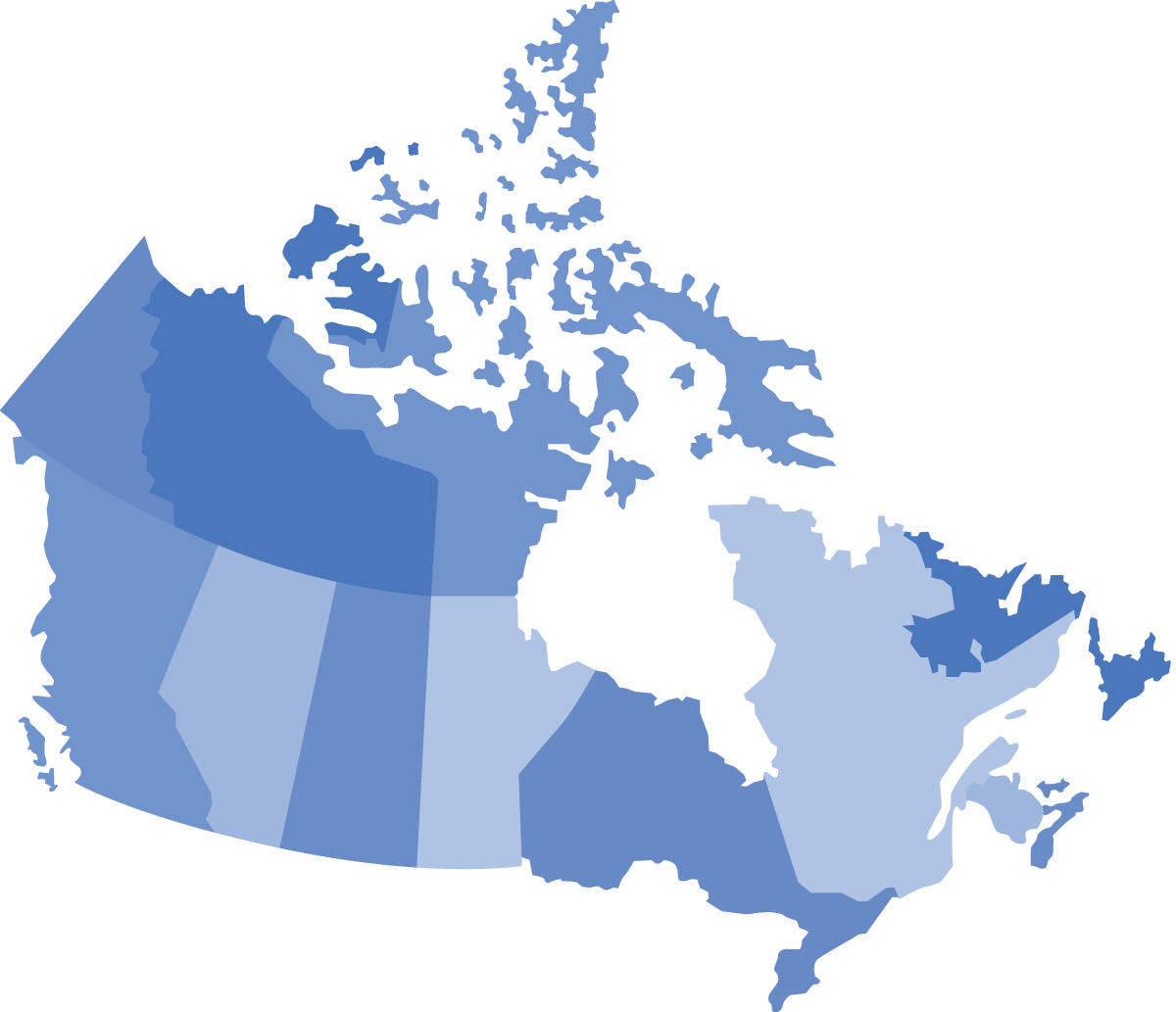-
Understanding Grief ›
-
- Truths about grief
- What grief looks and feels like
- Common challenges with grief
- Grieving before the loss
- Ideas for living with loss
- Grief triggers
- How long grief lasts
- How the loss affects families and others
- When life starts to get better
- Special dates
- Rituals, funerals, and memorials
- Do I need more help?
- Prolonged grief
-
-
Grieving a Death ›
-
Non-death Loss ›
-
Supporting Someone ›
-
Professionals & Volunteers ›
-
Resources & More ›
Grief and Indigenous Peoples
Grief is a universal experience, but for Indigenous Peoples in Canada, grief is profoundly influenced by unique historical and cultural contexts that distinguish it from the grief experienced by others. For Indigenous communities, grief both encompasses the loss of loved ones and is deeply intertwined with the loss of culture, land, and social structures disrupted by colonization. This grief transcends generations, rooted in centuries of systemic violence, forced assimilation, and dispossession.
Historically, Indigenous Peoples have had rich and diverse cultural practices for caring for one another through life’s transitions, including death. These practices are based on community knowledge, spiritual teachings, and strong family connections, emphasizing collective well-being. However, the arrival of European settlers brought assimilation policies such as the Indian Act and the establishment of the Indian Residential School system. These policies aimed to erase Indigenous cultures and practices. As a result, traditional ways of mourning and healing were disrupted, forcing Indigenous communities to adapt to foreign systems of governance, religion, and education. This forcible removal of culture is a significant source of grief in itself, as Indigenous Peoples were denied the right to care for their sick, mourn their dead, and pass down ancestral knowledge.
The grief experienced by Indigenous Peoples is further compounded by the trauma of losing ancestral lands, cultural practices, and social structures. Colonial violence, including the dispossession of land, has led to not only material loss but also a profound disconnection from spiritual and cultural identities. These losses are evident in the high rates of suicide, substance use, and mental health issues prevalent in many Indigenous communities. Ongoing struggles are a direct result of the historical and continuing trauma of colonization, which continues to disrupt social cohesion and individual well-being.
In Indigenous communities, grief is also experienced as intergenerational trauma. The consequences of forced assimilation policies and residential schools have inflicted deep wounds that echo through generations. Survivors and their descendants carry the emotional scars of cultural genocide, and while this grief may not always be visible, it is deeply felt within families and communities. It often leads to a loss of trust in institutions, the erosion of cultural practices, and a sense of displacement.
Addressing Indigenous grief requires recognition and understanding of its multifaceted nature. It is not just about the loss of loved ones but also about the loss of culture, identity, and connection to the land. Healing begins with acknowledging the past and its ongoing effects on Indigenous communities. It involves supporting the restoration of cultural practices, promoting community-based healing initiatives, and addressing the systemic inequities that continue to impact Indigenous Peoples.
The next steps in addressing this grief must include supporting Indigenous-led initiatives that reclaim and reactivate Indigenous ways of knowing, being, and doing. Efforts must prioritize the restoration of Indigenous languages, the promotion of land-based healing, and the empowerment of Indigenous Peoples to take control of their own healing processes. It is also essential to create spaces for open dialogue about the ongoing impacts of colonization and to advocate for policies that foster justice, reconciliation, and the restoration of Indigenous sovereignty. Only through these collective efforts can we begin to heal the profound grief that has been passed down through generations.
Video Gallery
Resources
This poetry collection invites non-Indigenous people to see through the eyes of Indigenous people with topics of peace and humanity, as well as grief, trauma ... and hope.
First Nations, Inuit and Métis share stories about living with serious illness and grief in over 170 short video clips. Indigenous Voices was developed by a national team of researchers, educators, he ... Read more
This poetry collection invites non-Indigenous people to see through the eyes of Indigenous people with topics of peace and humanity, as well as grief, trauma ... and hope.
First Nations, Inuit and Métis share stories about living with serious illness and grief in over 170 short video clips. Indigenous Voices was developed by a national team of researchers, educators, he ... Read more


